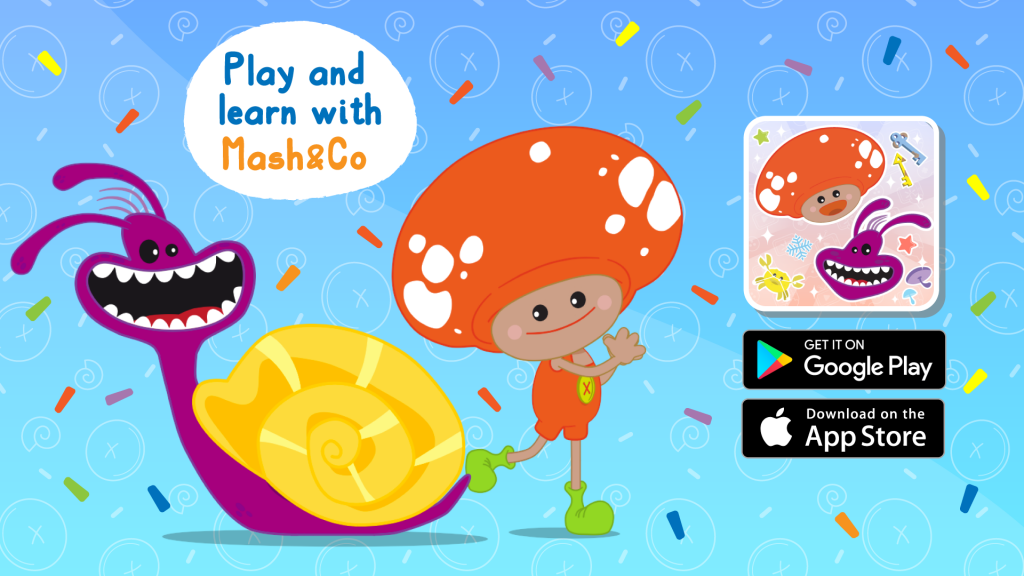Halloween: The thrilling facts and curiosities
Halloween has conquered many children and young people from all over the world, many of whom on October 31st, dressed as scary and mysterious characters, have fun with jokes, games, sweets, and colorful sweets. Intrigued by the mysteries of this festival we discovered many curiosities that we want to tell you.
The Celtic origins of Halloween
The origins of Halloween date back to the ancient festival called Samhain (from the Gaelic samhuinn – end of summer), or the night before the Celtic New Year. The Celts, a people who lived 2000 years ago in Ireland, in the United Kingdom, and in northern France, celebrated their new year on November 1st: This day marked for them the end of summer, and the beginning of the dark and cold winter, a period that was often associated with death.
The Celts believed that during the night before their New Year the boundaries between the world of the living and the world of the dead were blurred and that the ghosts of the dead, living in a land of eternal young and happiness called Tir nan Oge, returned to wander undisturbed on Earth; Therefore, according to their tradition, their priests called Druids could make easier predictions about the future.
It was on this very night that the Samhain was celebrated, during which the community gathered in the hills and woods to light the sacred fire and offer sacrifices to their divinities. During the celebration, the Celts, to exorcize their fears, wore costumes made of heads of animals and skins and after the ignition of the sacred fire in the woods, they returned to their village by making light with lanterns made of carved onions inside placed the embers of the holy fire.
READ ALSO: HALLOWEEN: THE TRUTH ABOUT THIS FESTIVITY
Halloween arrives in the United States
During the mid-800s, Ireland was hit by a terrible famine and to escape poverty many people took refuge in the United States. The Irish continued to maintain their traditions and customs, among them, the October 31st party which was called “Halloween.” In a brief time, this tradition spread throughout the USA, in different forms, becoming almost a national holiday. Today it has become a very commercial event: Did you know that a quarter of the candies sold annually in the United States are sold for Halloween?
The Symbols of Halloween
Masked children wander from house to house asking for sweets and candies with the typical question: Trick or treat?This tradition probably dates back during the first All Souls’ Days in England. During the festivities, poor citizens knocked on doors begging for food and families gave them sweets called “soul pies” in exchange for their promise to pray for the dead relatives of the family during the commemoration of the dead.
Halloween Pumpkin

The pumpkin is carved by hand and a scary face is usually engraved on its surface. This pumpkin in the English-speaking countries is called Jack-o-Lantern. There are many legends about the spread of this custom, but the most common is that of the Irish tradition that tells the story of A Ne’er-do-well (a troublemaker) called Stingy Jack.
This character was a drunken blacksmith and gambler who never combined a fair one. The legend says that one evening the devil, who wanted to take possession of his soul, appeared at Stingy Jack. Surrendered by choice of the devil, Jack asked him to grant one last wish or to drink another glass.
But Jack who had no money, he deliberately asked the devil to turn himself into a 6-pence coin; The devil consented but did not remember that on the currency there was a carved cross and so he could not turn back. Jack put the coin quickly in his bag and left. A year later the devil reappeared. This time Jack, to escape from death, devised another trick: He challenged the devil to get on an apple tree.
The devil climbed the tree, and Jack quickly cut a cross on the bark, which prevented the devil from jumping down. After a lengthy discussion the two came to an agreement: only in exchange for freedom would Jack allow the devil to be free. That was how he got rid of him altogether.
When Jack died, he came to the door of paradise, he was not allowed to enter because of his turbulent life. Not even the devil, annoyed by past events, welcomed him to hell, yet he gave him a torch to illuminate his path in limbo. So that’s how Jack tried to make it last longer by creating a lantern in an emptied turnip. From that moment on Jack was nicknamed Jack-o-Lantern and it is said that on the night of All Saints’ eve it is possible to see his flame in search of a goal.



